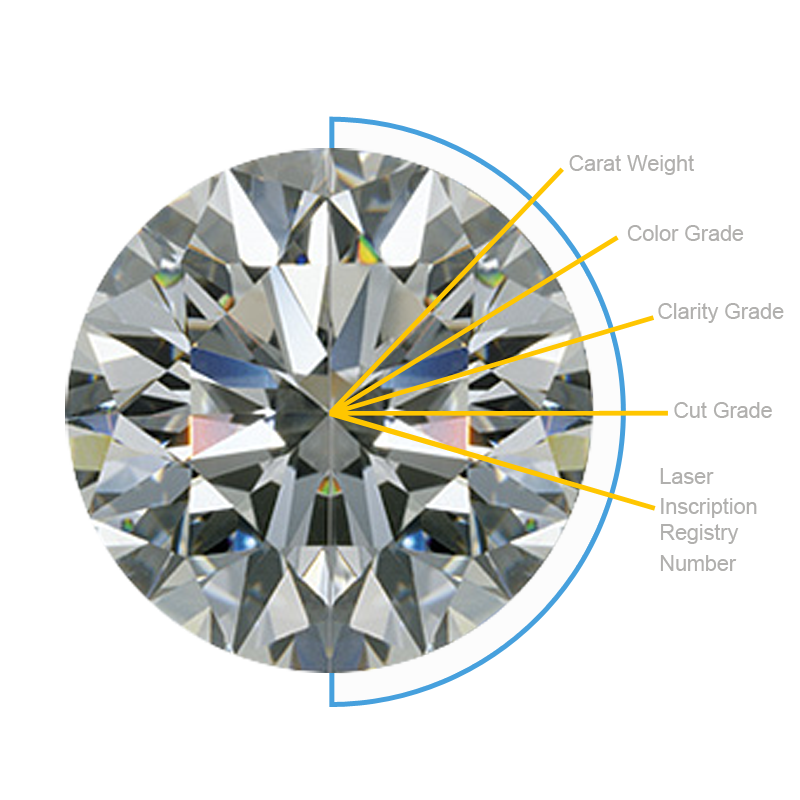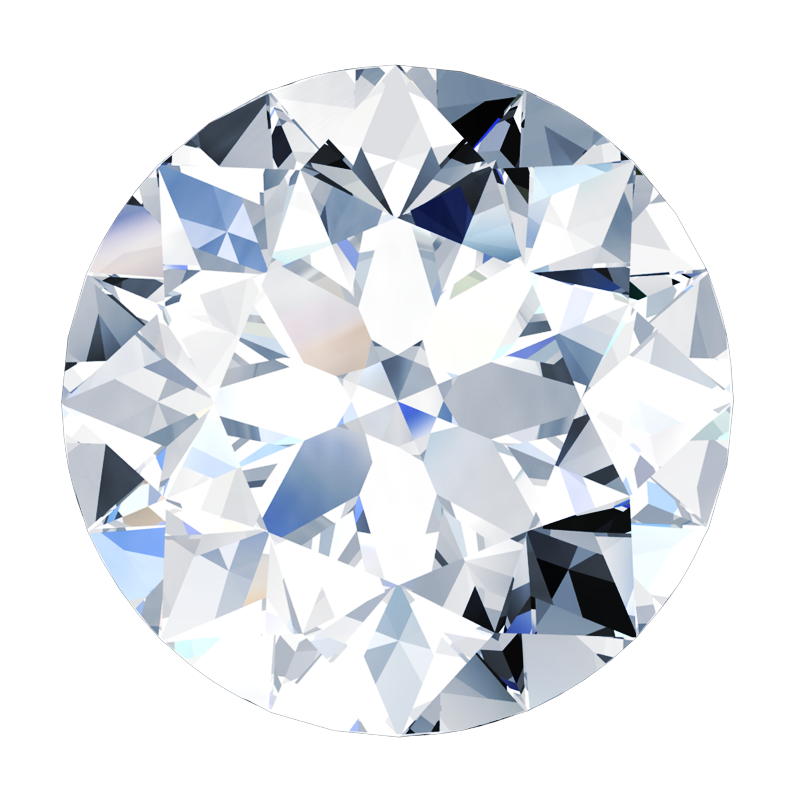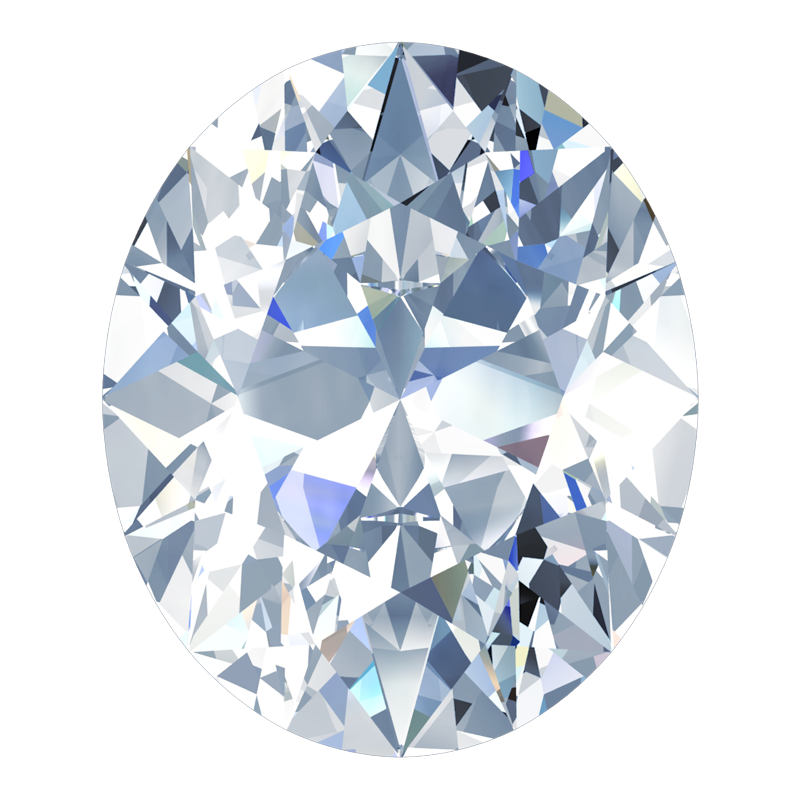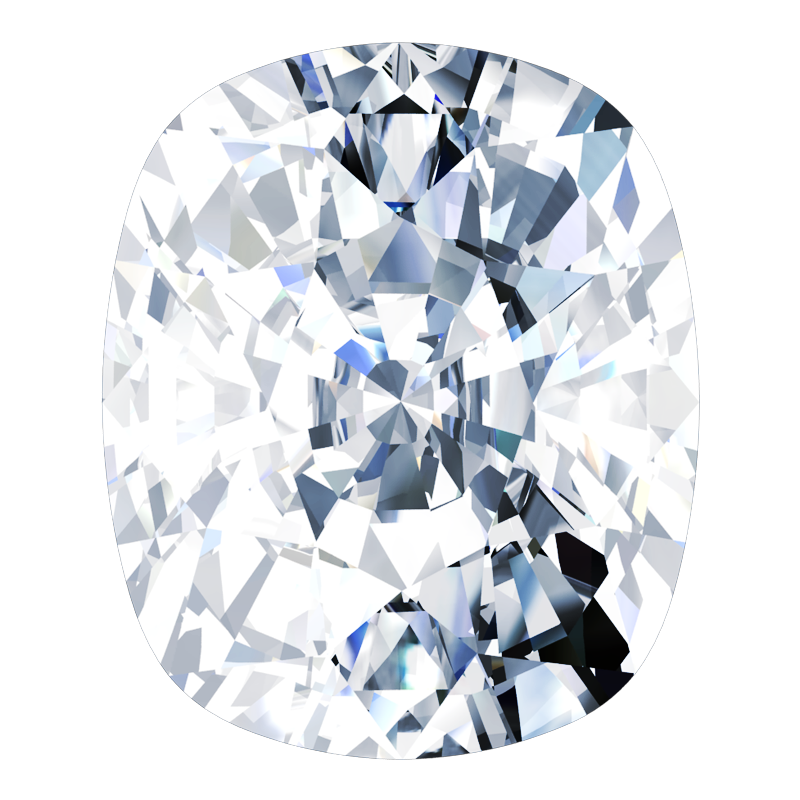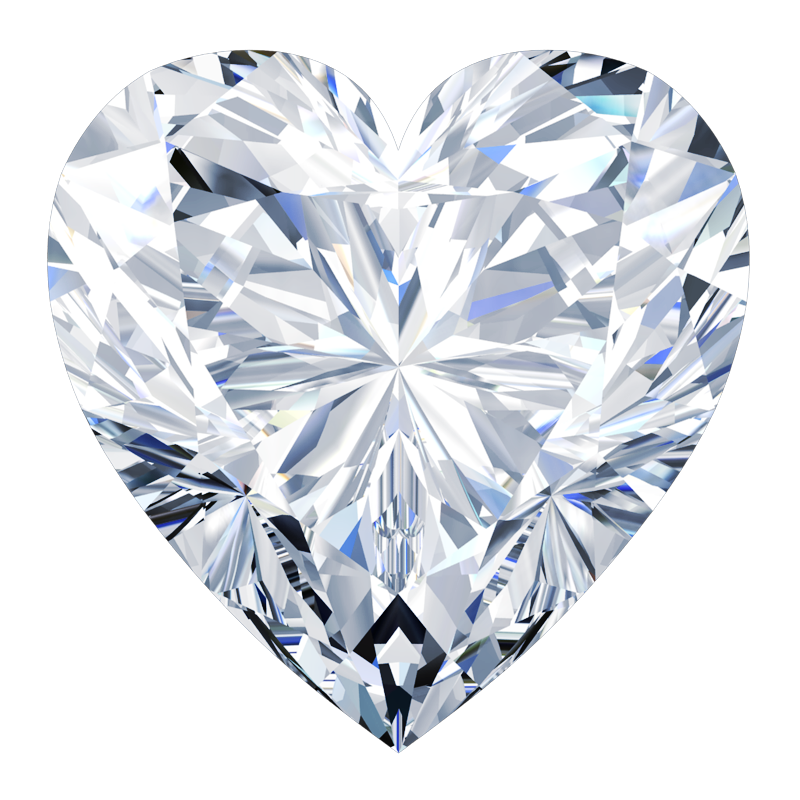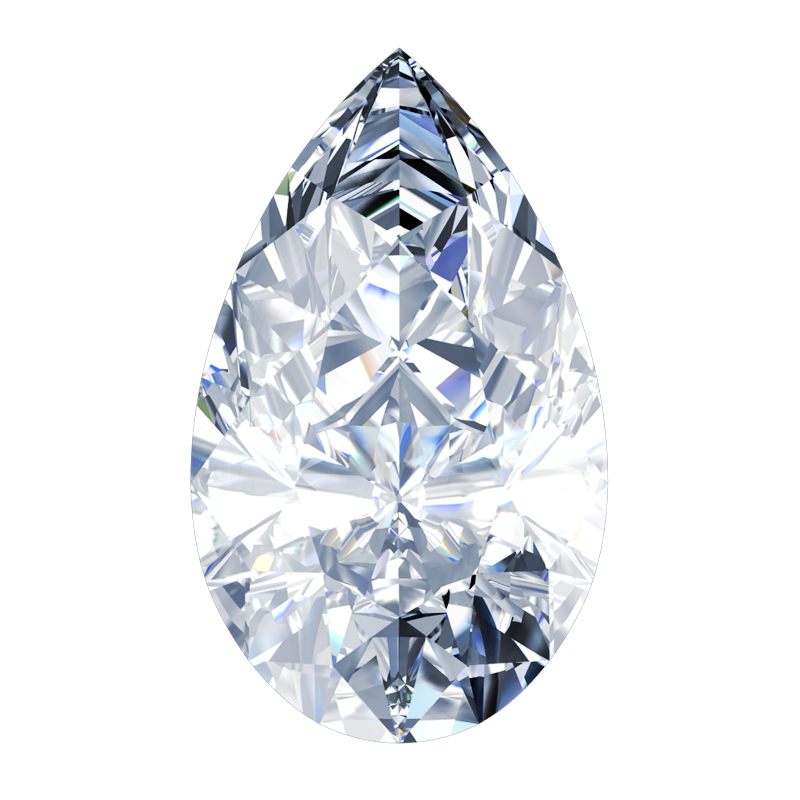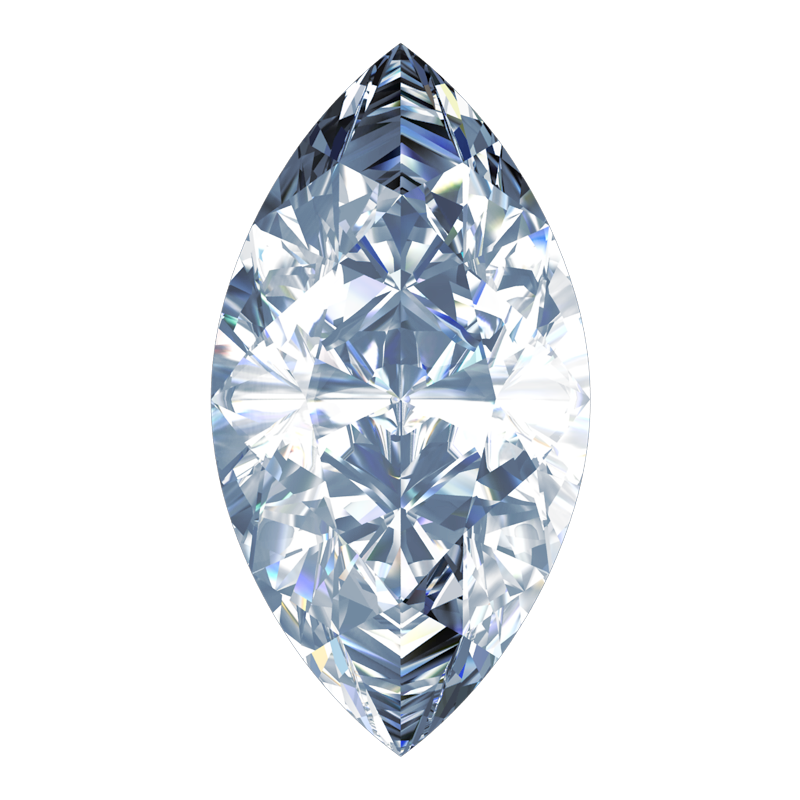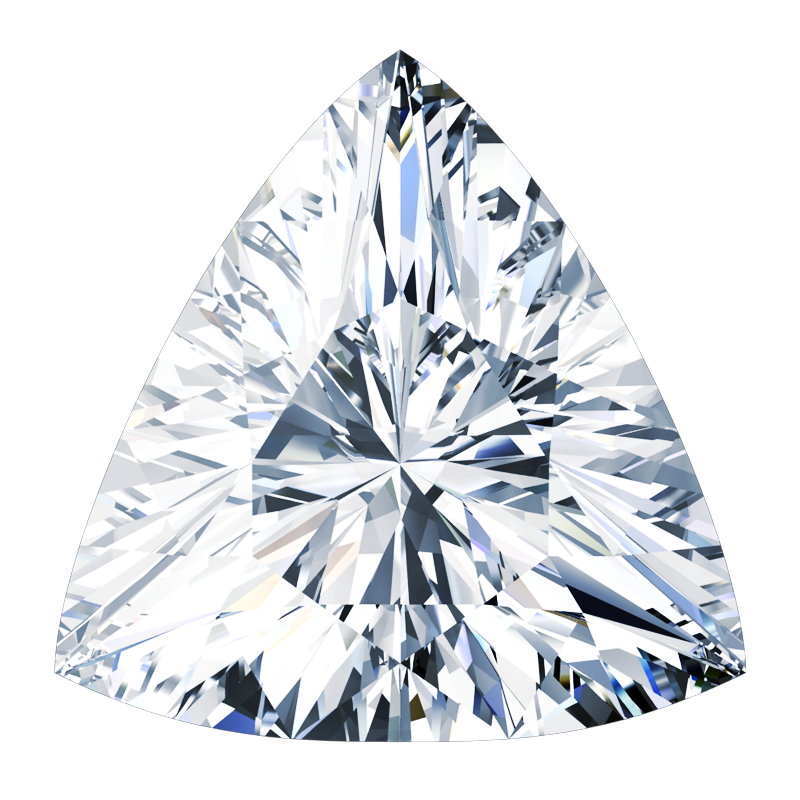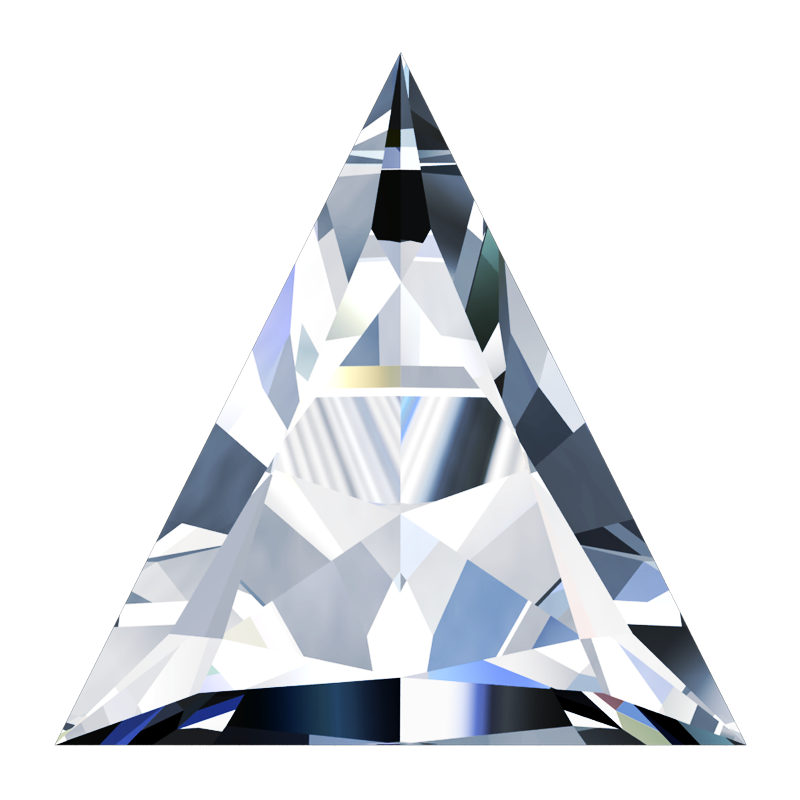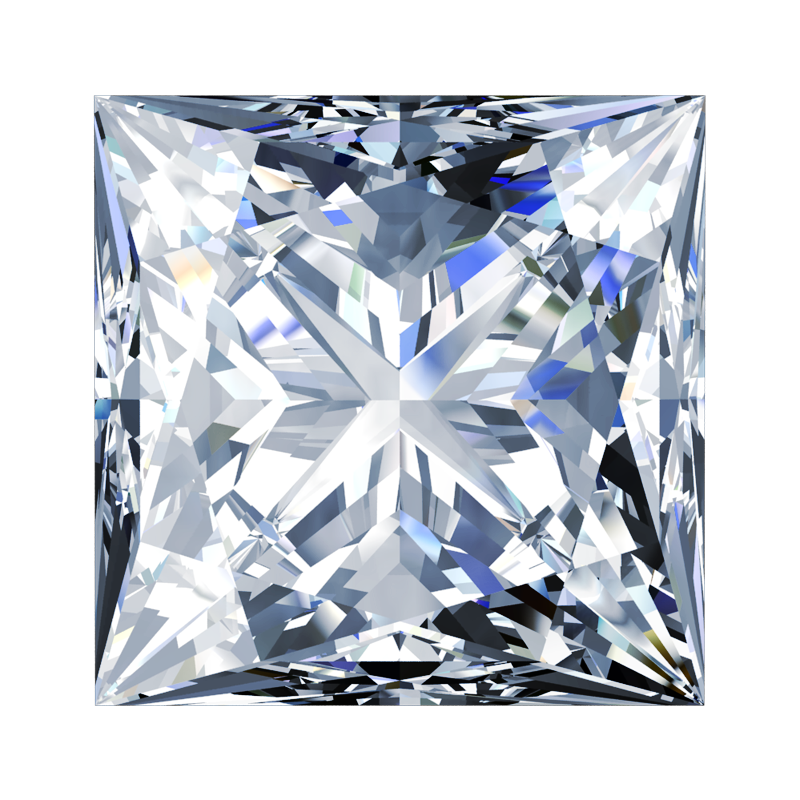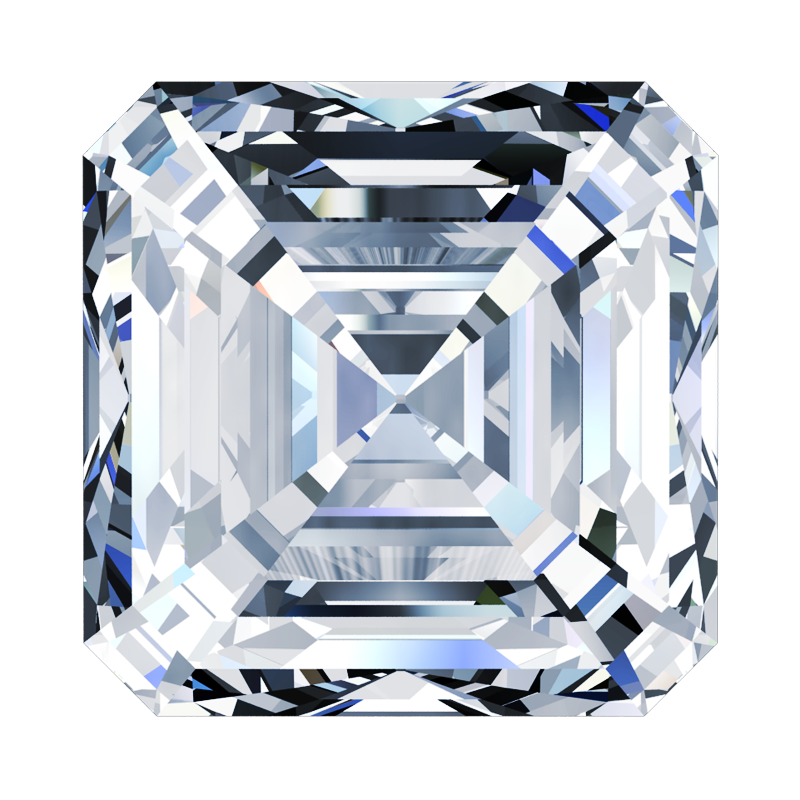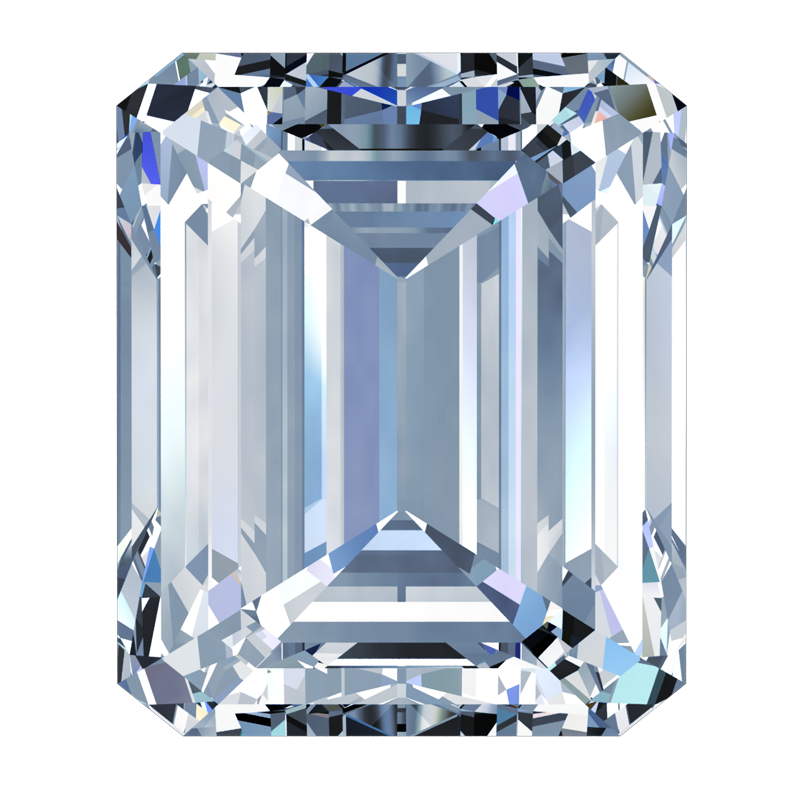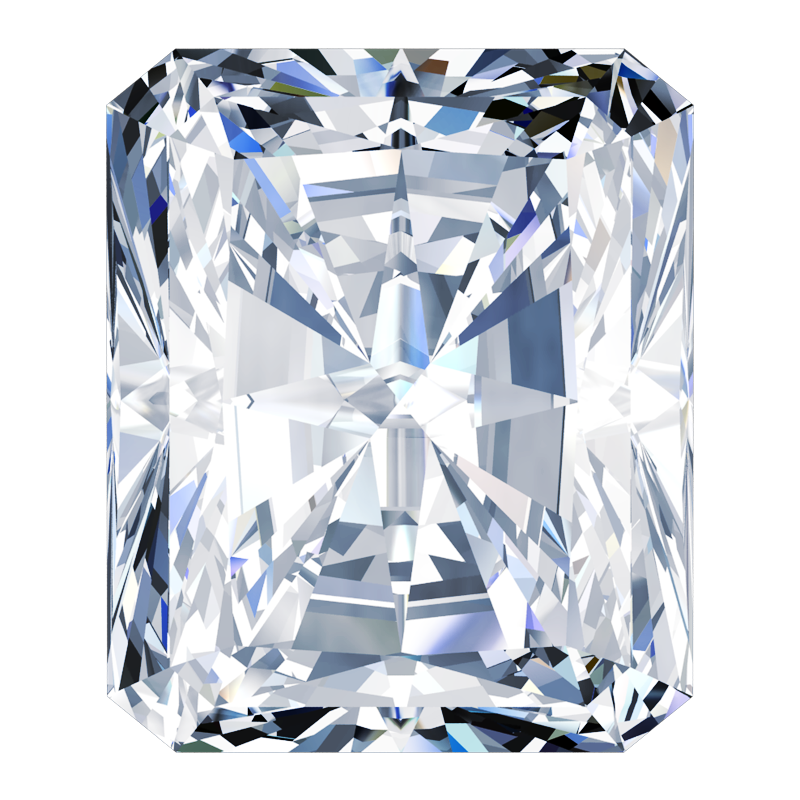
South Bay Gold buys, sells, and trades Diamonds along with all other precious stones. Please come to any of our stores and meet with our Certified Gemologists. We have several courteous, GIA (Gemological Institute of America) certified gemologists on site to assist you upon arrival. While appointments are not necessary, it is preferred since it may require a decent amount of time to find and select the diamond of your choice.
So you are getting married & you want to know how to choose the best diamonds?
This is a diamond buying beginingers course. Your will learn the basics of diamond buying by learning how to select a diamond within your budget. Please feel free to ask as many questions when you are in our stores buying diamonds. We will start with the 4C’s of diamonds.
The 4 C’s of Diamonds
What are the 4 C’s?
When jewelers or diamond traders refer to the 4 C’s of diamonds they are referring to 4 main characteristics that help identify, classify, categorize, and arrive to a fair whole sale or retail value of diamonds(loose or mounted).
The 4 categories are what drives the diamond market. Buying and selling diamonds is all about the 4 C’s. These guidelines help consumers & diamond dealers(SBG is Diamond Dealer) choose between different qualities. The 4 C’s are meant to show people the differences in diamonds, not just by looks, but also by the characteristics that is within the stone. The 4 C’s help one understand a diamond’s imperfections. An inclusion really does make a difference! The 4 C’s show the difference between a pure white diamond and a diamond that has a yellow or brown cast to it. They show the differences between sizes and weights and points and carats. They show the differences between a good cut and a bad cut, a deep stone and a narrow stone (fisheye). The fascinating thing about the 4 C’s of diamonds is that they will teach you how two diamonds of the exact same size can be priced by the difference of thousands of dollars. The 4 C’s can be simple like determining color with the naked eye or they can be very technical, like dealing with table percentages, girdle thickness and symmetry. Above all else, the 4C’s are here to help you understand the basic concepts of diamonds and diamond grading. They are in fact, the official word. The 4 C’s are: Cut, Color, Clarity and Carat Weight
CUT
The quality of the cut determines the performance of light that reflects through the stone, which affects the overall brilliance. The quality or type of cut affects the brightness of the surface and interior of the diamond, the fire that emits from a diamond, and the brilliance as the diamond moves when observed. The cut scale ranges from Excellent to Poor, where excellent would be a diamond of fine proportion, symmetry, and polish which would have an optimal light performance.
- Round Cut Brilliant Diamond
- Oval-Cut Diamond
- Cushion-Cut Diamond
- Heart Cut Diamond
- Pear-Shape or Tear Drop Diamond
- Marquise-Cut Diamond
- Trilliant Cut Diamond aka Trillion or Trillian
- Triangle Cut Diamond
- Princess-Cut Diamond
- Asscher-Cut Diamond
- Emerald-Cut Diamond
- Radiant-Cut Diamond
- Call us for an appointment at 1-310-791-5431
COLOR
For diamonds in particular, the color grade ranges from D to Z where D stands for colorless and Z stands for light yellow or brown. The value increases with the lesser amount of color. This scale is for basic diamonds and does not account for colored diamonds.
CARAT
The weight of a diamond is determined by a unit of mass called carat. The larger the carat, the more value a diamond is worth. One carat is equal to 200 milligrams(0.007055 oz). CT is the common abbreviation used by the jewelry industry.
CLARITY
Clarity is the degree to which a diamond is free of blemishes and inclusions. Blemishes are external scratches, small nicks, and/or parts of the rough crystals left of the finished stone called naturals. Inclusions are internal other mineral crystals or diamonds, feathers(fractures), traces of distortion in the structure, or drill holes made with a laser to lighten or remove other inclusions.
| Grade | Color | |
|---|---|---|
| 1 | D | Colorless |
| 2 | E | ″ |
| 3 | F | ″ |
| 4 | G | Near Colorless |
| 5 | H | ″ |
| 6 | I | ″ |
| 7 | J | ″ |
| 8 | K | Faint Yellow |
| 9 | L | ″ |
| 10 | M | ″ |
| 11 | N, O, P, Q, R | Very Light Yellow |
| 12 | S, T, U, V, W, X, Y, Z | Light Yellow |
| Grade | Category | |
|---|---|---|
| 1 | FL | Flawless |
| 2 | IF | Internally Flawless |
| 3 | VVS1 | Very Very Slightly Included |
| 4 | VVS2 | ″ |
| 5 | VS1 | Very Slightly Included |
| 6 | VS2 | ″ |
| 7 | SI1 | Slightly Included |
| 8 | SI2 | ″ |
| 9 | I1 | Included |
| 10 | I2 | ″ |
| 11 | I3 | ″ |

